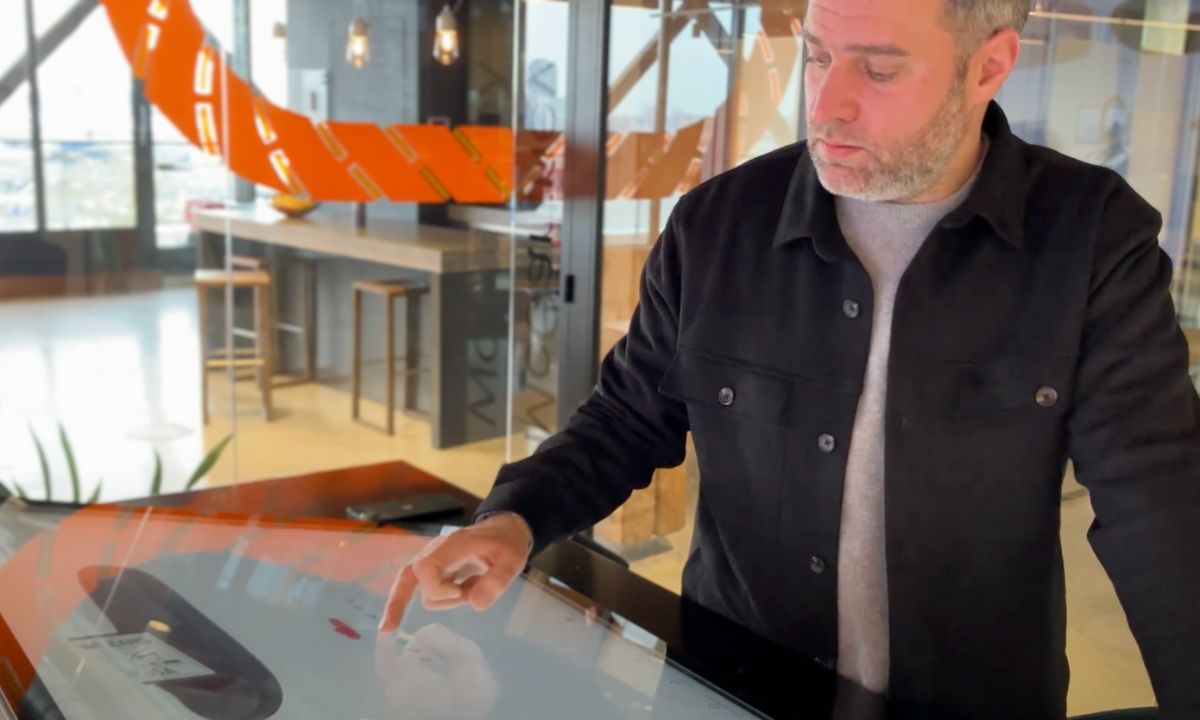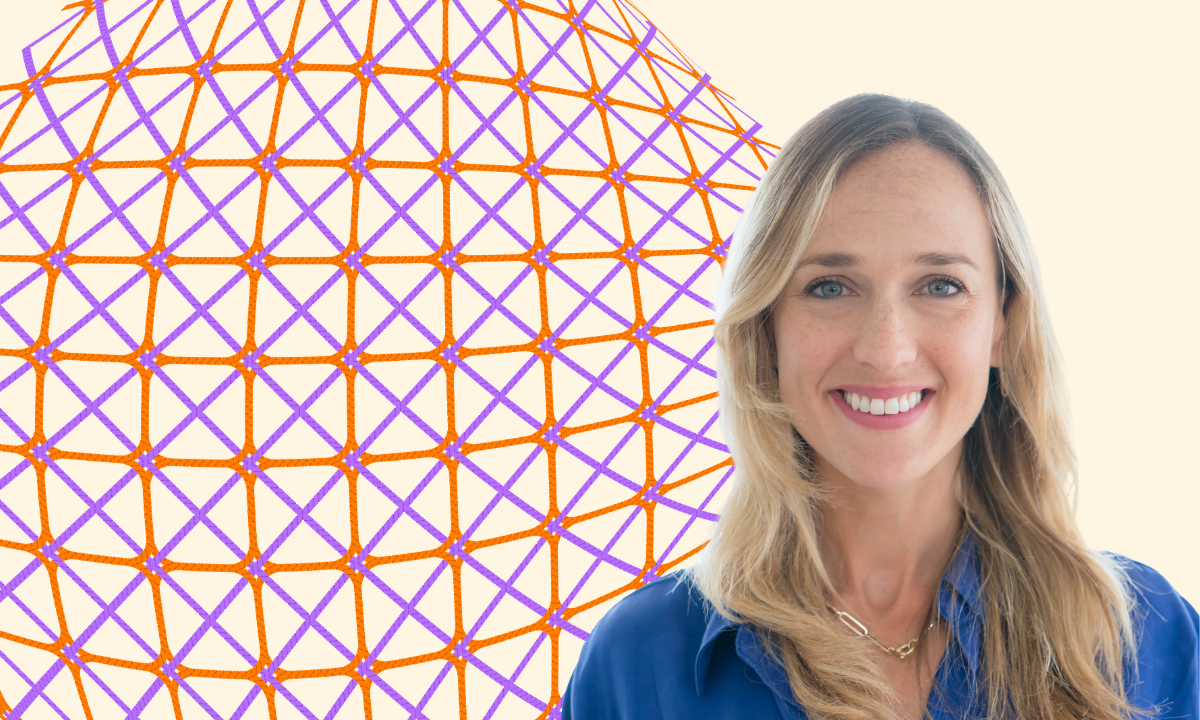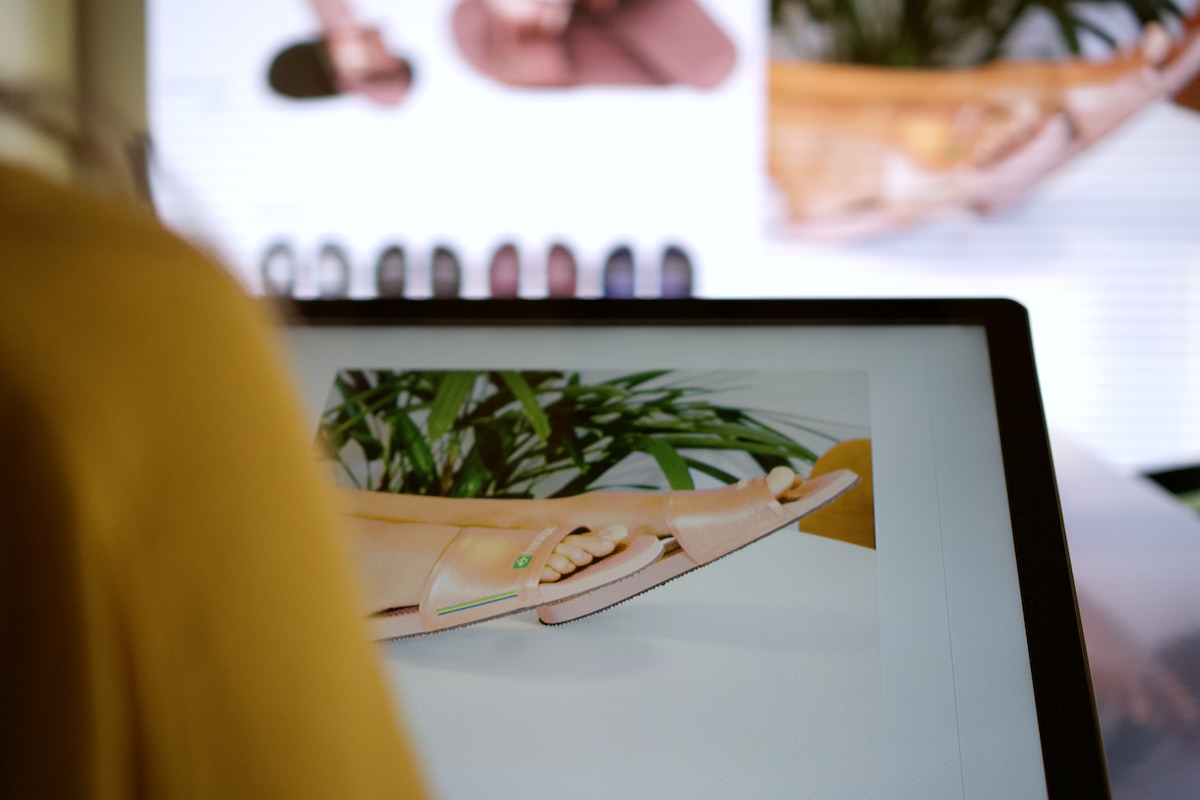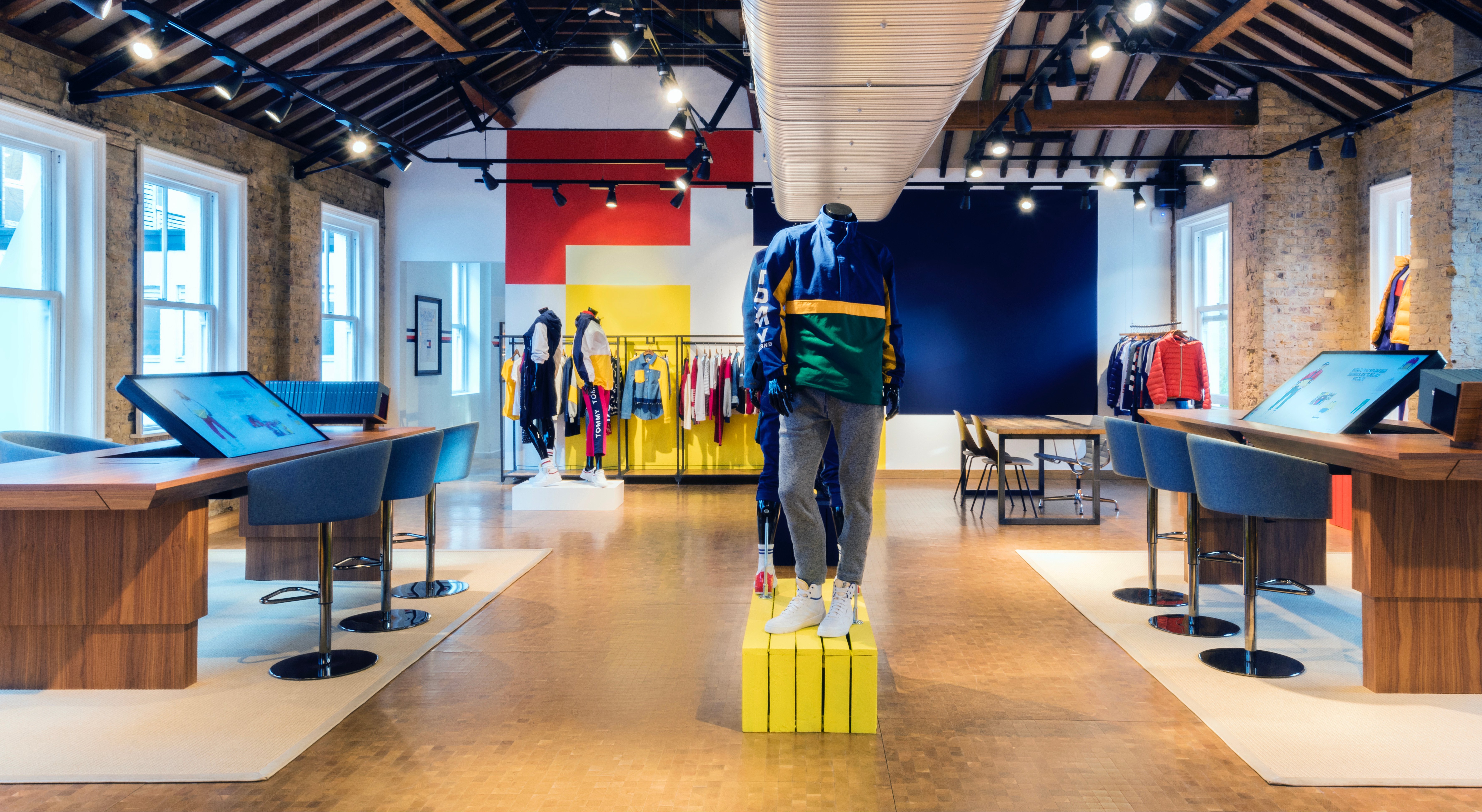As part of our ongoing series of interviews with Stitch Superusers, we talked with Michel van Steenbergen, founder of MVST Digital. Michel has been a long-time user of the Stitch Showroom, having started in 2015 when he was at Tommy Hilfiger. "When PVH introduced the digital showroom, I remember standing in the back and shouting, 'this will never happen.' However, I soon realized how it can transform the sales process and create an even better experience as a sales manager.”
In this interview, Michel talks about the differences he sees between traditional sell-in processes and the potential for digital tools. He also discusses how Stitch has helped in this process and how his daily work routine has changed with the digital showroom. From overcoming customers' resistance to new tools to enhancing brand perception, Michel provides valuable insights into why the Stitch Showroom is a lifesaver for salespeople and brands.
You can watch the full interview on our YouTube channel.
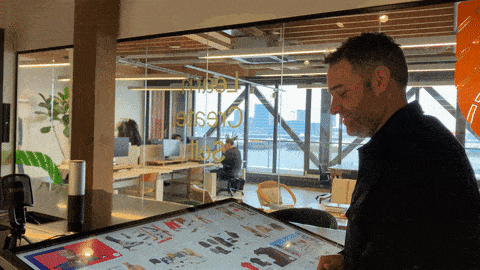
Stitch: What are the main differences you see between traditional and digital processes in sell-in?
Michel van Steenbergen: I believe that working digitally gives you more power, meaning more control over what you show your customers. For instance, if you provide your customers with 1,500 samples for them to browse, they will cherry-pick whatever they want and buy according to their own preferences. In the long run, this isn't a success driver for brands. They don't buy into your marketing style, so you can't support them with marketing materials and make sure to attract the end-consumer in the best way.
When you work digitally, as a sales user and as a brand, you have more power to control what your customers buy, and you have more leverage to tell them: “Listen, this is the direction. This is what we, as a brand, believe is good, and we can back it up with marketing and stock.”
There's so much more power in working digitally than working conventionally. But that's something that a lot of brands don't see yet. What they see is fear of having fewer samples, fear of not having the right content. But if you tackle that in the right way, by understanding how a product looks on a hanger in your showroom and making sure that you can mimic that digitally, then it's easy to see the huge benefit in brand perception.
Stitch: How does the traditional sales process work?
MvS: Working in a traditional showroom can be a time-consuming process. Typically, you receive a PDF of the marketing styles for the season, along with a stock list, and then you are given samples. However, sometimes there may be an item you want to sell that doesn't have a sample available. In the fashion world, they say "No sample, no sale," but this is not entirely true. If you have backup materials like 3D images, pictures, or videos, then not having a physical sample doesn't necessarily mean you can't make a sale.
In the past, I would go to a showroom and inspect all the samples. If any were missing, it was already too late. However, with the digital showroom, everything is timely and up-to-date. You no longer have to search in 15 different locations.
It used to take me days of work every time, including an hour of preparation before my next customer arrived. But now, I can do it easily and quickly. This has given me at least an hour and a half of extra time each day. I use this additional time to answer emails and check stock positions, ensuring that we have what our customers want.
Stitch: What is the average length of a wholesale sales appointment?
MvS: It depends on the customer. When I was at Tommy Jeans, we only serviced four to five key accounts. For those, I prepared a specific assortment with a certain number of polos, jeans, and other items. That took me quite a while to prepare, but in the digital showroom, it's super easy to have it on the screen. It takes me half an hour to prepare the right assortment for those key accounts, while in a traditional showroom, it would maybe take at least one hour.
We went from nine to six weeks of sales season. That's three weeks less than normal. And you can do it in a month, depending on the size of the collection or your customer portfolio. It gave me more time off traveling to look in depth at my relationship with my customers.
Stitch: How can we drive the adoption of digital sales tools?
MvS: In fashion, we change collections every three months, but the ways of working have remained the same for ages. We are a fast-moving industry on the product level, but slow-moving when it comes to technology innovation and new ways of working. Why? Because we are so passionate about our product and brand, the way they look and feel. We need to incorporate this digital way of working into that passion and love.
I'd start with a walkthrough of the showroom and let customers touch and feel the selected samples, if that makes them feel more confident. If I had another customer who I knew loved the screen, I would start with the screen and show them videos about the collection, taking them into the brand experience, and then showcasing the product.
Incorporate the digital tool into your daily workflow and make it something that you are truly passionate about. After all, isn't that why we all work in fashion?
Stitch: Stitch: How can you engage your buyers in this change?
MvS: A buyer is someone with a lot of passion for fashion products and branding. They enjoy what they do, they are curious and nervous about their role in the digitization process and how it affects them.
I noticed this during the first couple of seasons with the digital showroom. As a sales manager or account manager, you must acknowledge and understand it to help those buyers gain trust in their position and role in digital sales.
For example, I had a buyer who liked to pick up products, feel them, and touch them. This way of working gave him a sense of control and trust. Every time he came into the digital showroom, which was using the theater set up, with big screen walls, I would grab a chair and position it next to me behind the screen. I gave him control and he loved it. He was touching and swiping the presentation, saying, "Look at me. I'm building this collection digitally." It wasn't about feeling the physical product; for him, it was about the feeling of control and making the right decision because he was in charge.
Understand your customer by getting into their mindset. Ensure that they feel understood, and then you can address any hesitations or limitations they may have.
Stitch: How does Stitch help in transitioning from traditional to digital processes?
MvS: The Stitch Showroom is where you can gather all the information about the collection. It's a one-stop-shop where your wholesale sales team has access to everything you need to get to your customers, including marketing styles and all the videos in the loading screen.
You can have brand assets in it. You can build presentations. You can even build templates from a brand perspective and then send them out to your sales users so they can all work in the same way. This is especially important when working with agents, as it can be difficult to align brand message sometimes.
In the Stitch Showroom, you can prepare templates that are easy to work with. They log into the system, attach the presentation to a customer, and start selling right away.
If you do it in a conventional way, you would probably send a PDF on Monday and another one on Wednesday. You would send the stock list on Friday and an update the following week. With Stitch, everything is updated and in one location, making it super easy to use.
Stitch: What is your favourite feature of the Stitch Showroom?
At the moment, my favorite feature of the Stitch Showroom is something that really helps with brand perception: the ghost button or view selection.
This is how I use it: let's say that this season's collection has some items in a very bright pop-up yellow. There are about six or seven within a range of 35 items that are yellow. When looking over the collection with a buyer, I would select everything except those yellow ones and show them the selection. The customer might not be sure about the yellow and ask to take it out.
Then you press the ghost button, and it will remove all the non-selected items on your screen, which immediately shows that the selection is looking flat. It needs this little hint of yellow, as originally planned. This ghost feature in Stitch is a way of showing with one click of a button what the collection needs to stand out on the shop floor without having an argument about it, without having a long conversation with the buyer. It makes a better collection, which is why it is my favorite Stitch Showroom feature at the moment.
This is the biggest benefit of Stitch, that you can make your brand pop out much more while giving you so much power working digitally. The Stitch Showroom gave me more insights into the brand. I could sell better because I was in control of marketing materials, available samples, what was in stock. I could make better choices.
It saved me a couple hours a day, many hours a month, giving me more time to go in depth into my relationship with customers, or making sure that I had time to do marketing plans, to do replenishment or so. Those are the biggest benefits I experience using the Stitch Showroom.
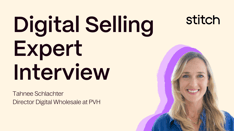 Watch more experts interviews on the Stitch Youtube channel.
Watch more experts interviews on the Stitch Youtube channel.


